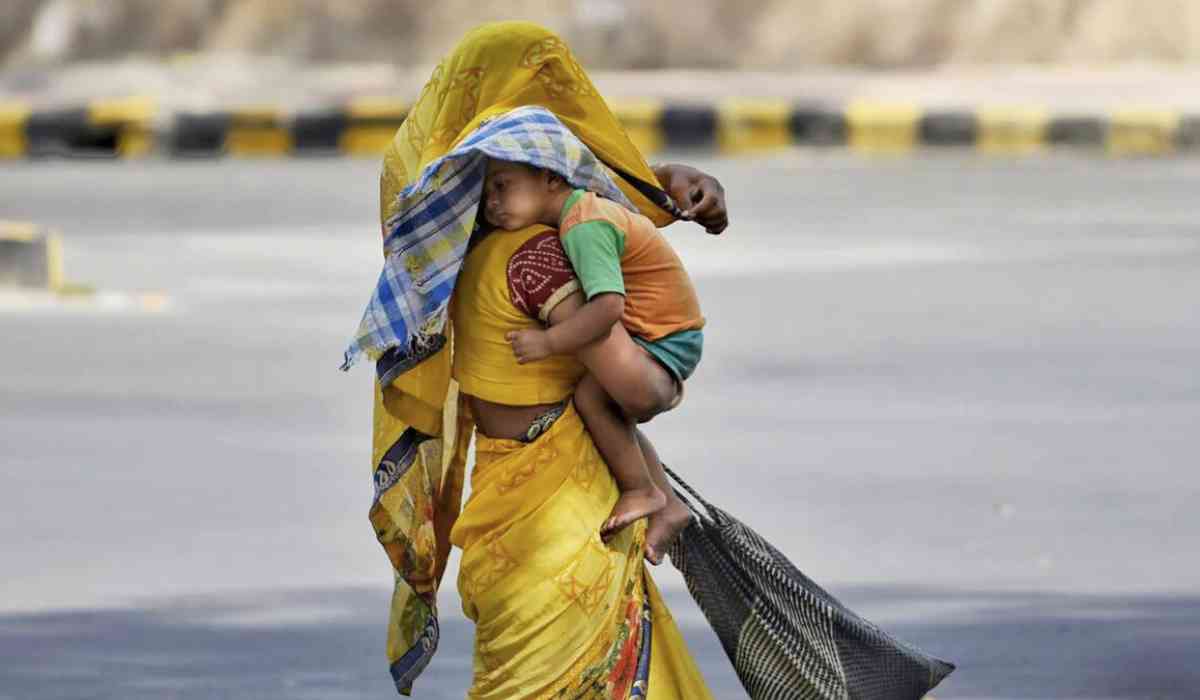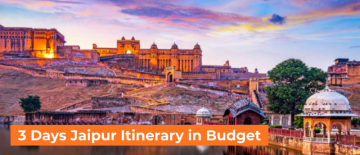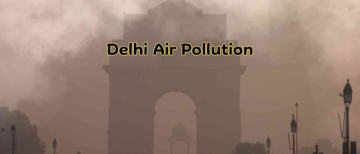India's Metrological Department on 20th' May had issued a ' red alert ' for a five-day intense heat wave in the capital.
On Monday at 3:33 pm, Delhi's power consumption reached its highest point ever for May, reaching 7,572 MW and exceeding the record August peak of 7,438 MW from the previous year. The Delhi government asks schools to remain closed for the summer immediately if they still remain open. With Delhi preparing for Phase 6 of the Lok Sabha General Elections on May 25th, the rising and unbearable temperature will be one of the major concerns for the Election Commission of India to overcome.
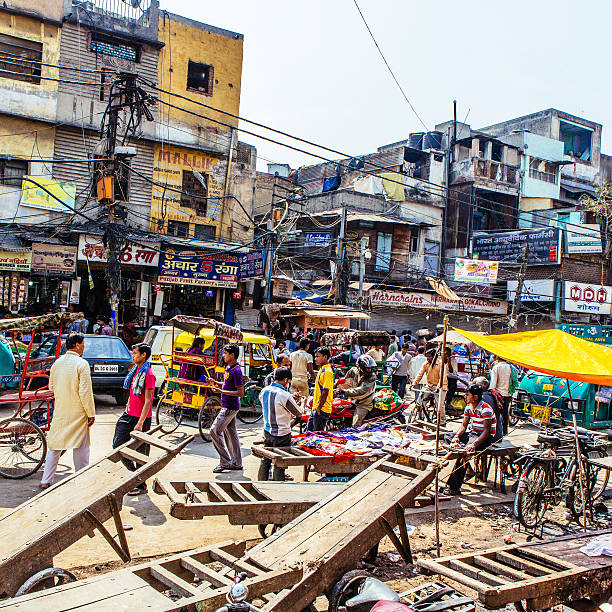
On Monday, Delhi recorded its second-highest maximum temperature ever, 3.7 degrees above average. Just one day after reaching the country's highest temperature of 47.8 degrees Celsius for the season,:
- Najafgarh recorded a high of 47.4 degrees
- Aya Nagar (45.7 degrees)
- Pitampura (46.6 degrees)
- Pusa (46.1 degrees)
- Mungeshpur (47.1 degrees)
- Palam (45.2 degrees)
were all recorded. There was also intense heat in other areas. It proves difficult for people who need to go outside for either work or other activities and for low income families who lack access to water and aeration.
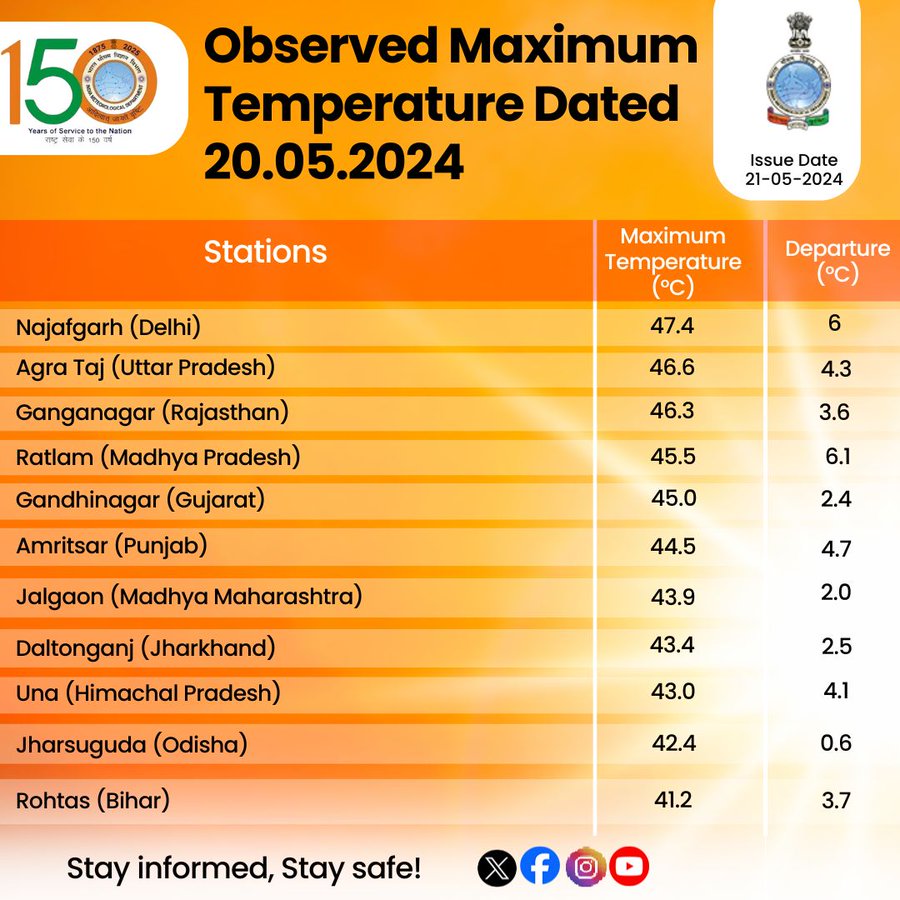
What Actions People Can Take to Protect Themselves
Tuesday’s forecast by the India Meteorological Department (IMD) is for clear skies and strong surface winds from 25–35 kmph, with heatwave conditions prevailing in some parts of Delhi.
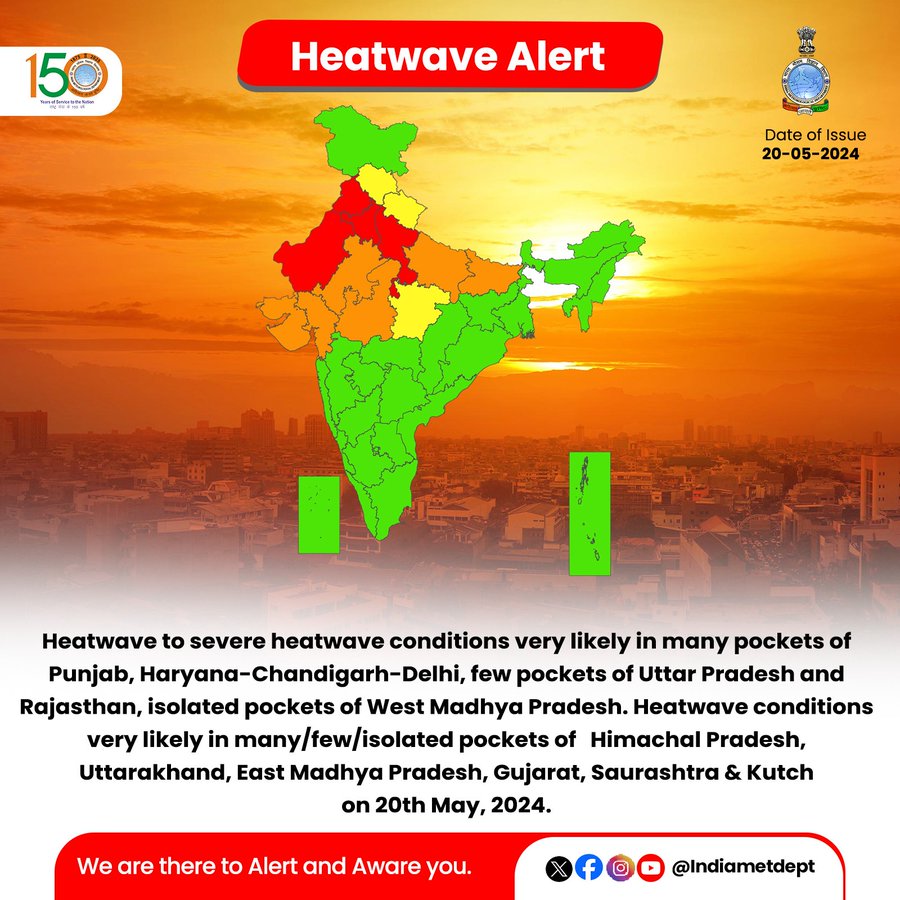
The IMD says that as a result of heat-related illnesses and heat strokes being at high risk, both adults and children, particularly newborns, the elderly, and those suffering from chronic diseases, should avoid unnecessary exposure to the sun. This information forms part of its seven-day’ outlook.
The following useful advice will help residents stay safe during the heatwave:
1. Remain Hydrated: However, irrespective of the evidence of thirst, the individual is advised to drink large volumes of water during the day. Orange drinks can also be used to avoid dehydration, and these include ORS, or you can make homemade drinks like buttermilk, lassi, torani, rice water, and lemon water.
2. Steer Clear of Direct Sunlight: Try to stay indoors during the hottest hours of the day, which are generally the hours from 10 a. m. to 4 p. m. It is best to wear light and loose-fitting cotton clothes and wide-brimmed hats when going out into the open.
3. Apply cooling techniques: To lower the body temperature, use air blasts, AC, cold showers, etc. For reducing the body temperature, it is effective to use wet towels or cold compresses on the forehead, neck, and wrists.
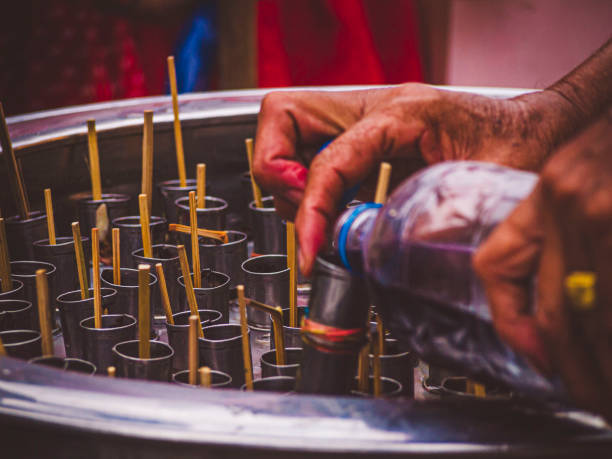
4. Eat Light: Its preferred kind of food is to have simple food that is light and not spicy. The intake of fresh fruits and vegetables could help regulate fluid consumption.
5. Check on vulnerable people: Contact people who are old or young or suffering from chronic diseases and help them manage heat and dehydration.
6. Minimise Physical Activity: Avoid physical exertion and outdoor work in the hottest part of the day.
Health Cautions and Advisories
These precautions have been especially put into major focus by the IMD since the chances of people being affected by heat-related illnesses and heat strokes are high at all ages. In meteorological terms, a heatwave is defined as a maximum temperature that varies by at least 4.5 degrees from normal and reaches at least 40 degrees Celsius in plains regions, 37 degrees in coastal areas, or 30 degrees in hilly regions. A severe heatwave is declared if this difference is greater than 6.4 degrees.
_1716282237.png)
For more on heatwaves, read: All You Need To Know About Heatwave - Risks, Impacts, And Safety Measures
The relative humidity in Delhi recorded between 23% and 43%, therefore leading to extra heat experienced in the city on Monday. IMD tells everyone to keep cool and avoid exposing themselves to many hours of heat in order to avoid heat exhaustion and heat strokes.
Still, if citizens follow those recommendations and monitor the latest weather updates, they will be able to avoid the hottest days and lower the rates of heat-related health risks.
inputs from multiple resources
media inputs: Various sources
ⒸCopyright 2024. All Rights Reserved Powered by Vygr Media.

